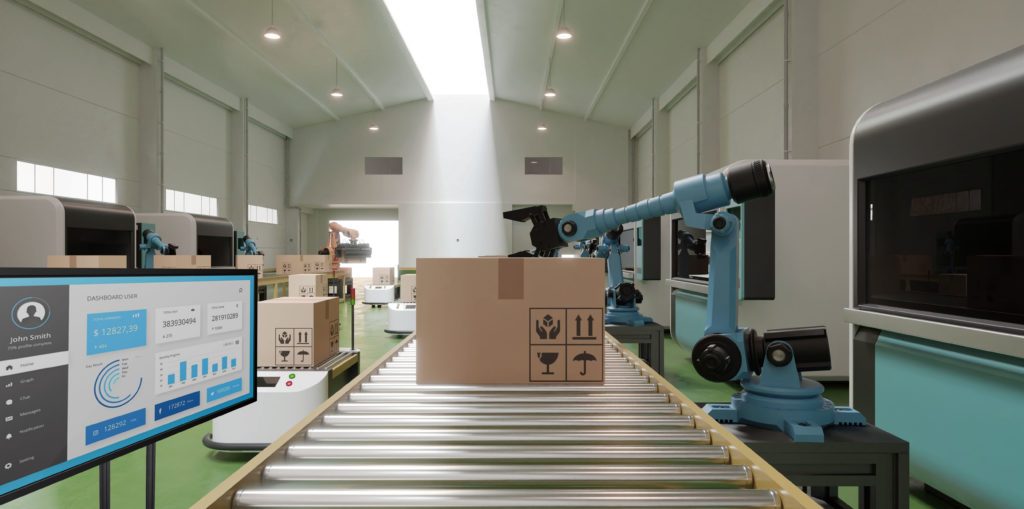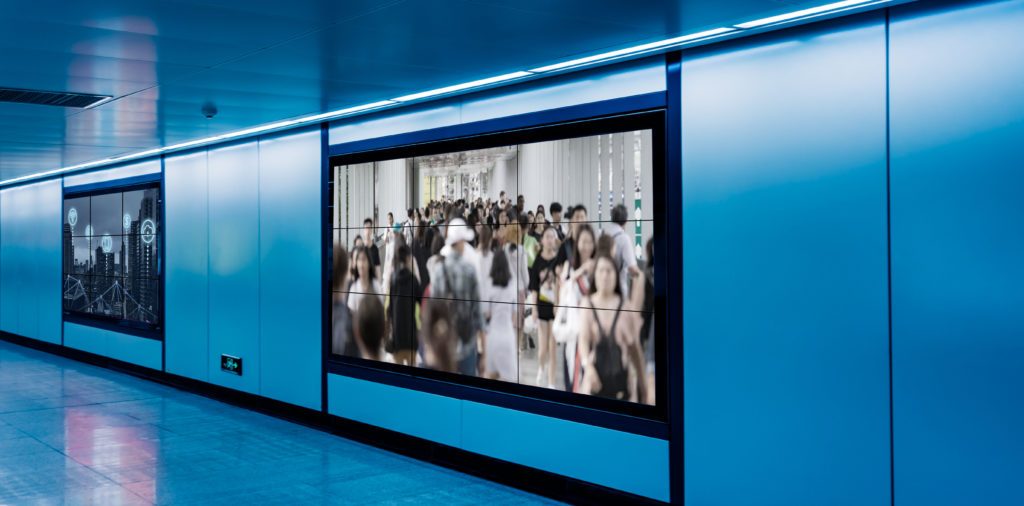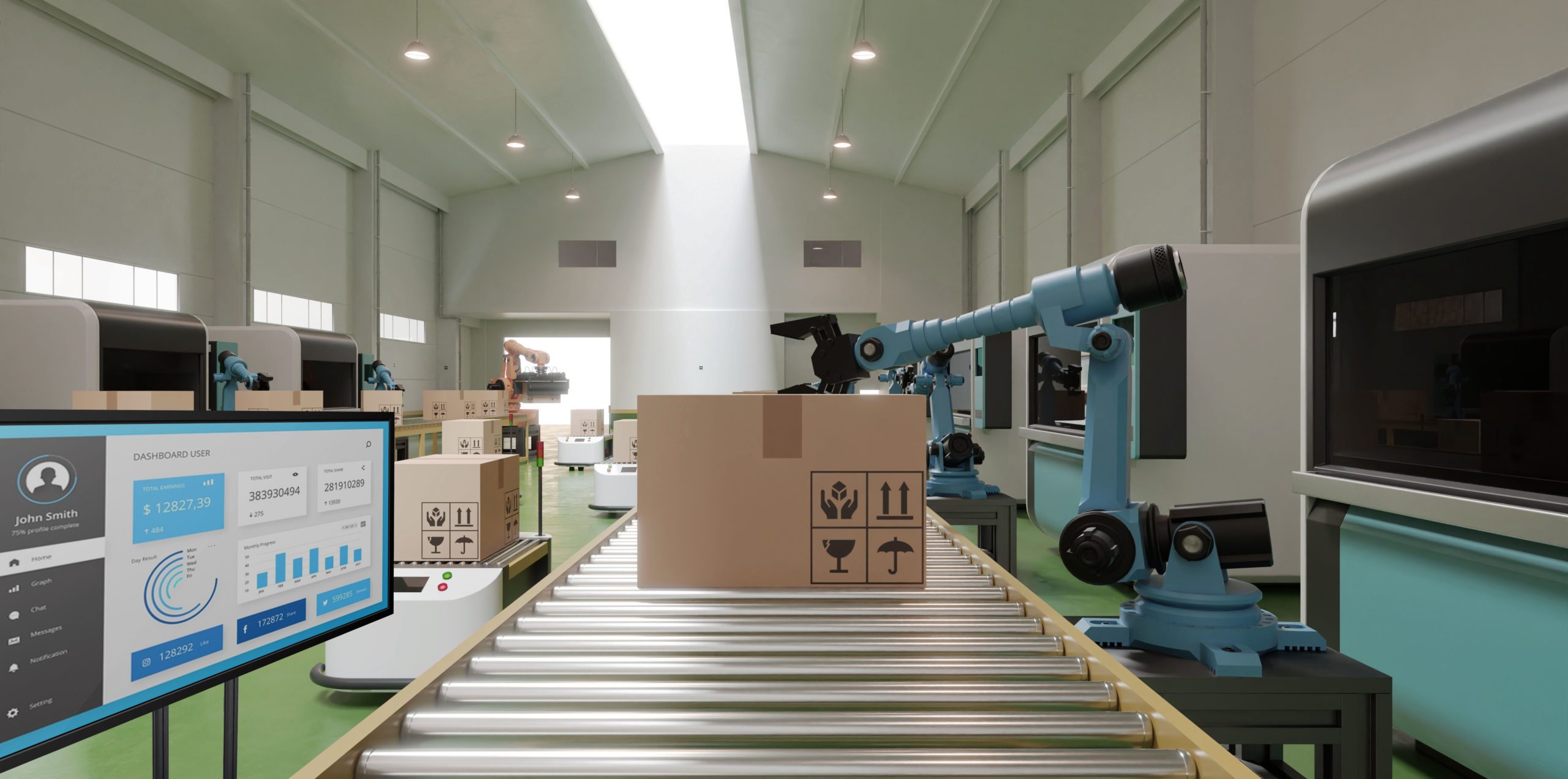What Changes Are Happening in 2022 for Digital Signage?
Digital signage implies the use of electronic displays to market products and services and creates brand awareness. In the past, digital signage involved businesses playing tapes on TV to draw customers to their business. Since then, there has been numerous changes to digital signage products and the overall industry.

With the advancement of display technologies, digital signage is more interactive and cutting-edge. In fact, from a value of $4.8 billion in 2017, it’s estimated that America’s digital signage market will be valued at $6.9 billion by 2025. Here are some changes and focuses to expect in the digital signage industry in 2022 that keep the market growing.
1. Gamification
Online contests have now become more enjoyable because of digital signage software upgrades. It’s now possible to broadcast a wide variety of content on different screens for online competitions. Actually, in 2022 and beyond, you can expect the trend of posting riddles or questions on display for a brief period or using different displays for learning courses.
Additionally, a retailer will now have the capabilities of posting pop quizzes and delivering rewards to the person who sends the right answer the fastest. Also, users will create Twitter posts, live streams, and live graphs, together with other components in their online classrooms.
2. Mobile Integration
Mobile integration can be expected as a change in digital signage for 2022. Since 65% of digital media time involves mobile phones, many organizations are expected to exploit this statistic to incorporate digital signage that targets mobile users. Mobile integration enables companies to provide more personalized messages and spur instant action. A good example is a digital sign with a QR code that shoppers should scan to receive a coupon. These QR codes improve customer-brand interactions.
In the future, the connection between mobile devices and digital signage will improve visibility, with digital signage acquiring the ability to communicate with consumers’ mobile devices.
3. Social Media Integration
In 2022, many organizations will increase their use of social media to improve customer interaction. What’s more, you can expect to see brands use digital signage for social sharing and real-time communication.

For example, a social media marketer can encourage customers to blog, tweet, or share Facebook ads or YouTube videos regarding their experiences. This type of content costs nothing and creates a strong bond between your brand and its customers.
4. Segmentation
Segmentation involves breaking digital signage content into different parts based on the time of day or a customer’s actions. Because of this digital signage solution, end users will require more content than was possible before. As this trend grows, you can expect to see more businesses employing different approaches to reach out to their clients and gather data.
Additionally, businesses targeting specific people will start using smaller screens with different content instead of a single large screen. These signage solutions will revolutionize digital signage into a new means for communicating.
Segmentation will increase the demand for engaging content like live weather forecasts and social media feeds. Meanwhile, there are already digital screen applications that provide live social media and weather updates. You can expect to see more digital signage systems and API partnerships that will make creating segmented content faster through a few clicks.
5. Improved Interactivity
Interactivity is one of the latest trends in digital signage. Technology makes it possible to use touch screens to navigate event schedules and digital catalogs. Therefore, interactivity makes it possible for consumers to feel close to digital signage medium as they’re to their own tablets and android phones.
You can expect to see applications that enable you to flick between items and playlists on digital menus. This will allow a buyer to check out all product information with just one press of a button.
Also, there’s the prospect of voice recognition in the future of screen technology. You’ll be able to speak to your screen at the office. This means you can instruct the screen to display what you want. For example, you’ll be able to instruct your screen to show you the previous month’s purchases. Talking to the screen also allows you to easily go through different menus in digital displays.
6. Advanced Video Use

A picture can tell you a thousand words. This is one of the concepts behind the use of videos in digital screen technology. Actually, video use is a must for retail stores that market their brands through digital signage. This is because people get more insight from moving images. Digital hardware with videos demand attention. Most importantly, you can expect this trend to be widespread come 2022. This signage will be popular in kiosks, hospitals, supermarkets, and office buildings.
You can develop video content to educate, entertain, inform, and for promotional purposes. They can also be used for broadcast-style advertising in-store experiences.
In Conclusion
Digital signage displays have their roots in the traditional form of advertising in TVs before the internet age. In the wake of Covid-19, these innovations for marketing products and services have been popularized by internet resources such as social media. Above all, you can expect to see more businesses using digital signage technology to improve customer experiences and more overall changes in the digital signage industry throughout the year.




